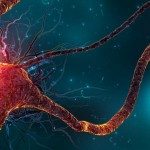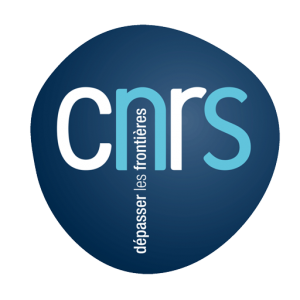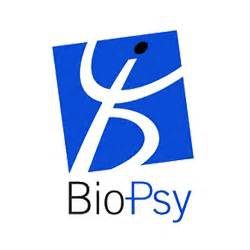About
[Version française]…
Drug addiction is a complex psychiatric disorder. Several predisposing factors can contribute to the vulnerability to develop this pathology, including environmental and genetic ones. Although smoking prevalence has declined in recent years, certain subpopulations continue to smoke at high rates. Human genetic studies have reported a strong association between a non-synonymous single nucleotide polymorphism (SNP) in the nicotinic acetylcholine receptor (nAChR) α5 subunit gene (rs16969968), and the risk for heavy smoking. The rs16969968, as well as other SNPs in the α5 gene, were further associated with abuse of other substances, including cocaine and alcohol. We aim at better understanding how α5 containing nAChRs influence addiction-like processes, as well as the brain circuits implicated, using a combination of approaches including transgenic rats and drug self-administration procedures. Our data suggest that alterations in α5 containing nAChRs represent a key factor underlying vulnerability to abuse of multiple substances. These receptors may be promising novel therapeutic target, in particular for preventing relapse after abstinence. This work further opens up for refined genetic analysis in human cohorts, based on specific addiction-related phenotypes
Vulnérabilité soudaine à la toxicomanie : contribution de la sous-unité a5 du récepteur nicotinique de l’acétylcholine
La toxicomanie est un trouble psychiatrique complexe. Plusieurs facteurs de prédisposition peuvent contribuer à la vulnérabilité à développer cette pathologie, y compris des facteurs environnementaux et génétiques. Bien que la prévalence du tabagisme ait diminué ces dernières années, certaines sous-populations continuent de fumer à un taux élevé. Des études génétiques humaines ont fait état d’une forte association entre un polymorphisme non synonyme de nucléotide unique (SNP) dans le récepteur nicotinique de l’acétylcholine (nAChR) α5 subunit gene (rs16969968), et le risque de tabagisme excessif. Le rs16969968, ainsi que d’autres SNP dans le gène α5, ont été associés à l’abus d’autres substances, notamment la cocaïne et l’alcool. Nous cherchons à mieux comprendre comment le gène α5 contenant des nAChRs influence les processus de type dépendance, ainsi que les circuits cérébraux impliqués, en utilisant une combinaison d’approches comprenant des rats transgéniques et des procédures d’auto-administration de la drogue. Nos données suggèrent que les altérations dans α5 contenant des nAChRs représentent un facteur clé sous-jacent à la vulnérabilité à l’abus de substances multiples. Ces récepteurs pourraient constituer une nouvelle cible thérapeutique prometteuse, en particulier pour prévenir les rechutes après l’abstinence. Ces travaux ouvrent en outre la voie à une analyse génétique affinée dans les cohortes humaines, sur la base de phénotypes spécifiques liés à la dépendance.








